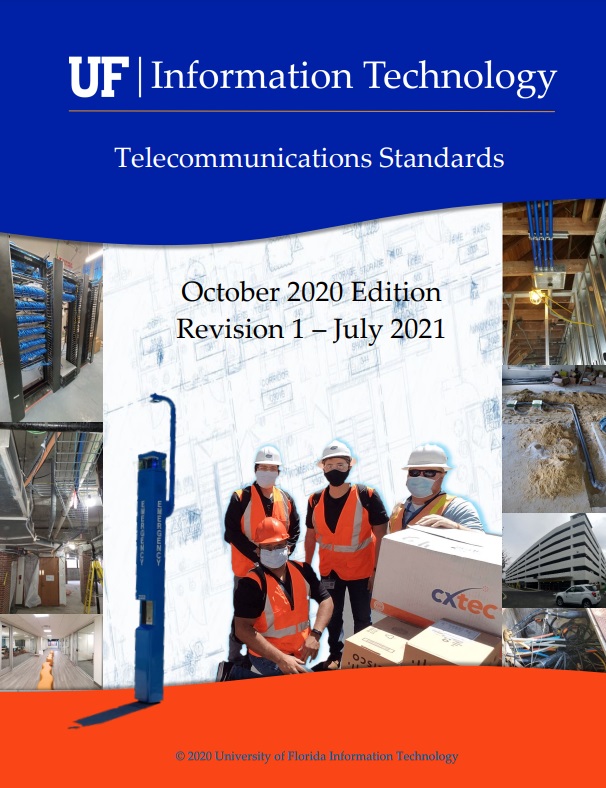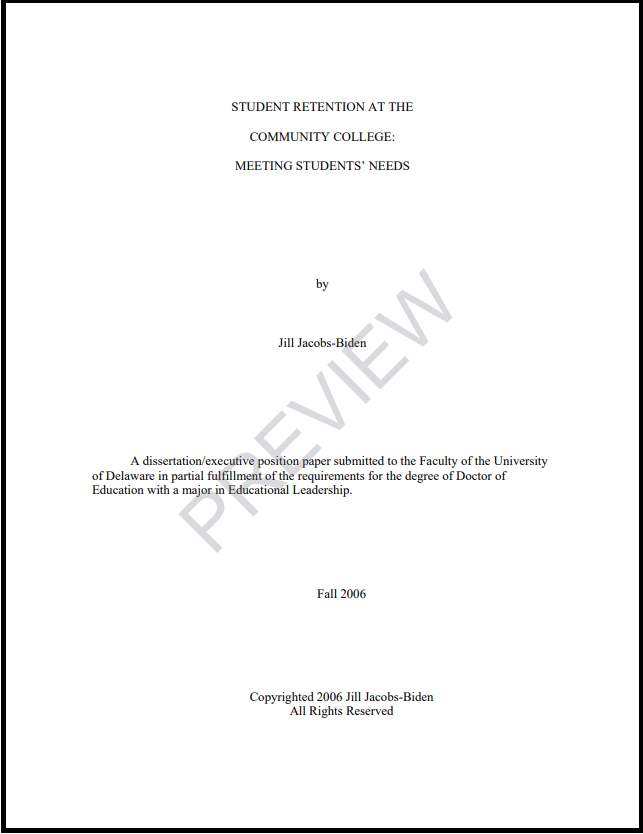Traditional Missam Latinam
- Home Page 195

Telecommunications Service Entrance Room
Designing a Telecommunications Service Entrance Room (SER) involves careful consideration of various factors to ensure the effective and reliable operation of the telecommunications infrastructure. Here are some typical challenges associated with designing a SER:
- Space Constraints:
- Limited space can be a significant challenge when designing a SER, especially in existing buildings where retrofitting may be necessary.
- Adequate space is needed for equipment racks, cable management, and future expansion.
- Power and Electrical Requirements:
- Ensuring a stable and reliable power supply for the equipment is crucial. This involves considerations for power redundancy, uninterruptible power supply (UPS) systems, and proper grounding.
- Compliance with electrical codes and regulations must be addressed.
- Cooling and Ventilation:
- Telecommunications equipment generates heat, and effective cooling is essential to prevent overheating and ensure optimal performance.
- Adequate ventilation and air conditioning systems must be designed to maintain a suitable operating temperature.
- Cable Management:
- Managing and organizing a large number of cables can be challenging. Proper cable routing, labeling, and documentation are essential for troubleshooting, maintenance, and future upgrades.
- Security:
- Physical security is crucial to protect the telecommunications equipment from unauthorized access and potential tampering.
- Access control systems, surveillance, and security policies need to be implemented.
- Environmental Considerations:
- Depending on the location of the SER, environmental factors such as humidity, dust, and potential exposure to water or other contaminants need to be addressed.
- Scalability and Future Expansion:
- Designing the SER with future growth in mind is important. The infrastructure should be scalable to accommodate additional equipment and technologies as the organization’s needs evolve.
- Equipment Selection:
- Choosing the right telecommunications equipment for the specific needs of the organization can be challenging. Factors such as compatibility, performance, and vendor support must be considered.
- Interoperability:
- Ensuring that different telecommunications systems and equipment can work seamlessly together is crucial for the overall effectiveness of the SER.
- Reliability and Redundancy:
- Designing for high reliability and redundancy is essential to minimize downtime. This involves redundant power supplies, network connections, and backup systems.
Addressing these challenges requires a multidisciplinary approach involving telecommunications experts, electrical engineers, facility managers, and IT professionals. Regular maintenance and updates to the SER design should also be part of the overall strategy to ensure ongoing efficiency and effectiveness.
Facilities Services: University of Florida
Information Technology: University of Florida
454c656374726f746563686e6f6c6f6779
Within the next 90 days the better part of 10,000 pages of codes and standards that assert best practice to safe and sustainable electrotechnologies at the foundation of educational settlements are open for public consultation — primarily in the NFPA and the ICC catalog; coordinating with the IEEE. Deadlines run up to January 7th. Links to passages we need to work on are gathered here. You are welcomed to join us at 16:00 any day until then.
Guide for Overhead Alternating Current (AC) Transmission Line Design | Comments Due February 2
Proposed Addendum g to Standard 189.3-2021, Design, Construction, and Operation of Sustainable High-Performance Health Care Facilities | RE: Electrification (December 10)
Does steam from boilers count as a normal combustion source for sterilization processes?
Keyword: Euler
Skunks
This content is accessible to paid subscribers. To view it please enter your password below or send mike@standardsmichigan.com a request for subscription details.
Raccoons
This content is accessible to paid subscribers. To view it please enter your password below or send mike@standardsmichigan.com a request for subscription details.
Evensong “This is My Song”
“This Is My Song” is a hymn that was written by Lloyd Stone in 1934, with music composed by Jean Sibelius, a Finnish composer. The hymn was originally titled “A Song of Peace” and was written during a time of global unrest, just before World War II. Lloyd Stone was an American minister, and he wrote the lyrics to express his desire for peace and unity among nations.
The hymn gained popularity for its message of peace and hope during a turbulent period in world history. Over the years, it has been included in various hymnals and sung in churches and gatherings around the world. The combination of Stone’s heartfelt lyrics and Sibelius’s stirring music has made it a beloved hymn that continues to be sung to this day. The hymn is often used in interfaith and ecumenical settings to promote the idea of peace among all nations and people.
Abraham and the Three Visitors
This content is accessible to paid subscribers. To view it please enter your password below or send mike@standardsmichigan.com a request for subscription details.
Winter Birds
Blue birds huddling together for warmth
pic.twitter.com/t0SEG4CZhs— Science girl (@gunsnrosesgirl3) December 27, 2024
New update alert! The 2022 update to the Trademark Assignment Dataset is now available online. Find 1.29 million trademark assignments, involving 2.28 million unique trademark properties issued by the USPTO between March 1952 and January 2023: https://t.co/njrDAbSpwB pic.twitter.com/GkAXrHoQ9T
— USPTO (@uspto) July 13, 2023
Standards Michigan Group, LLC
2723 South State Street | Suite 150
Ann Arbor, MI 48104 USA
888-746-3670

















